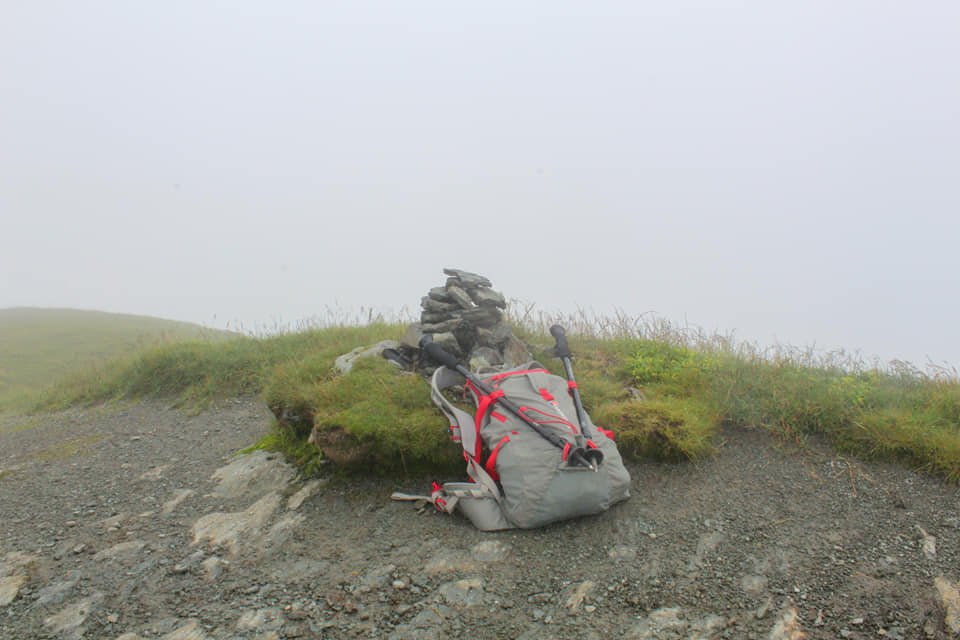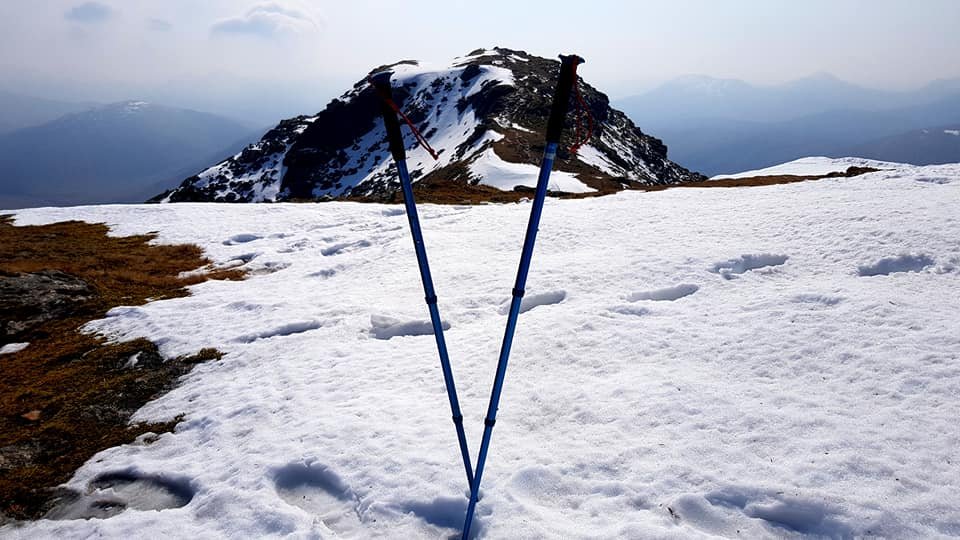Equipment
What to wear?
In Scotland we can have four seasons in a single day, so it’s important to be dressed for sudden changes:
- Base Layer: On very cold days, we recommend wearing thermal underwear to help regulate your body temperature. If you do not own these, an under-shirt / vest-shirt with leggings could work as well.
- Middle Layer (Upper Body): This is your main layer, used to trap the warmth your body generates. For your upper body we recommend a warm sweater or hoody, and a thick, hooded jacket (with zip) to go over it.
- Middle Layer (Lower Body): For your lower body, jeans are a popular choice, although warm walking trousers are preferable as they give you a better range of movement. There are points during the walk where you will have to climb on high steps to get over the other side of a fence or wall, and having trousers with a good range of movement makes this easier.
We only recommend shorts for people who don’t mind the cold, or on a warm summers day!
- Outer Layer: This is the layer that will protect you against the harsher elements, so to start with we highly recommend water-proof trousers and a water-proof jacket. These items can be folded / rolled up and easily stored away if the sun decides to reappear, but a plastic poncho could also work well instead.
We also recommend a pair of warm, water-proof gloves to keep your hands protected, as well as a good woollen hat and scarf. The hat and scarf will protect your head from cold winds, which can be quite unpleasant if you find yourself walking against them!
- Boots: It is best you purchase a good pair of walking boots from a reliable brand, do not be afraid to invest some money as these are the boots you will be wearing your entire trip. These boots need to last until the end of your journey without coming apart or taking in water, spending around £50 (UK) or $60 (US) usually guarantees you will have a reliable pair.
Before you start your journey, it is best you wear the boots for three days while walking around and going about your business. This will help the boots to “break-in” and form to the shape of your feet. This will also help prevent unpleasant blisters while walking, which can take away from the enjoyment of your walk.
What to take?


The essentials for every walking adventure are:
- A Map
- Food & Water
- First Aid Kit
- Torch and Whistle
- Tape or Glue
Backpacks
Along with all the essentials you will need a backpack to put it all in. The size of the backpack all depends on if you are camping, staying at hostels or staying at hotels.
Since the bag will either need to be big enough for your tent and sleeping bag if you’re camping, just a sleeping bag if you’re using hostels or just your essentials if you’re staying at hotels.
We recommend 65 to 70 litres for camping, 40-60 for hostels or 30 for hotels.
Check out some of the best places to get all your essential walking equipment and more below:
